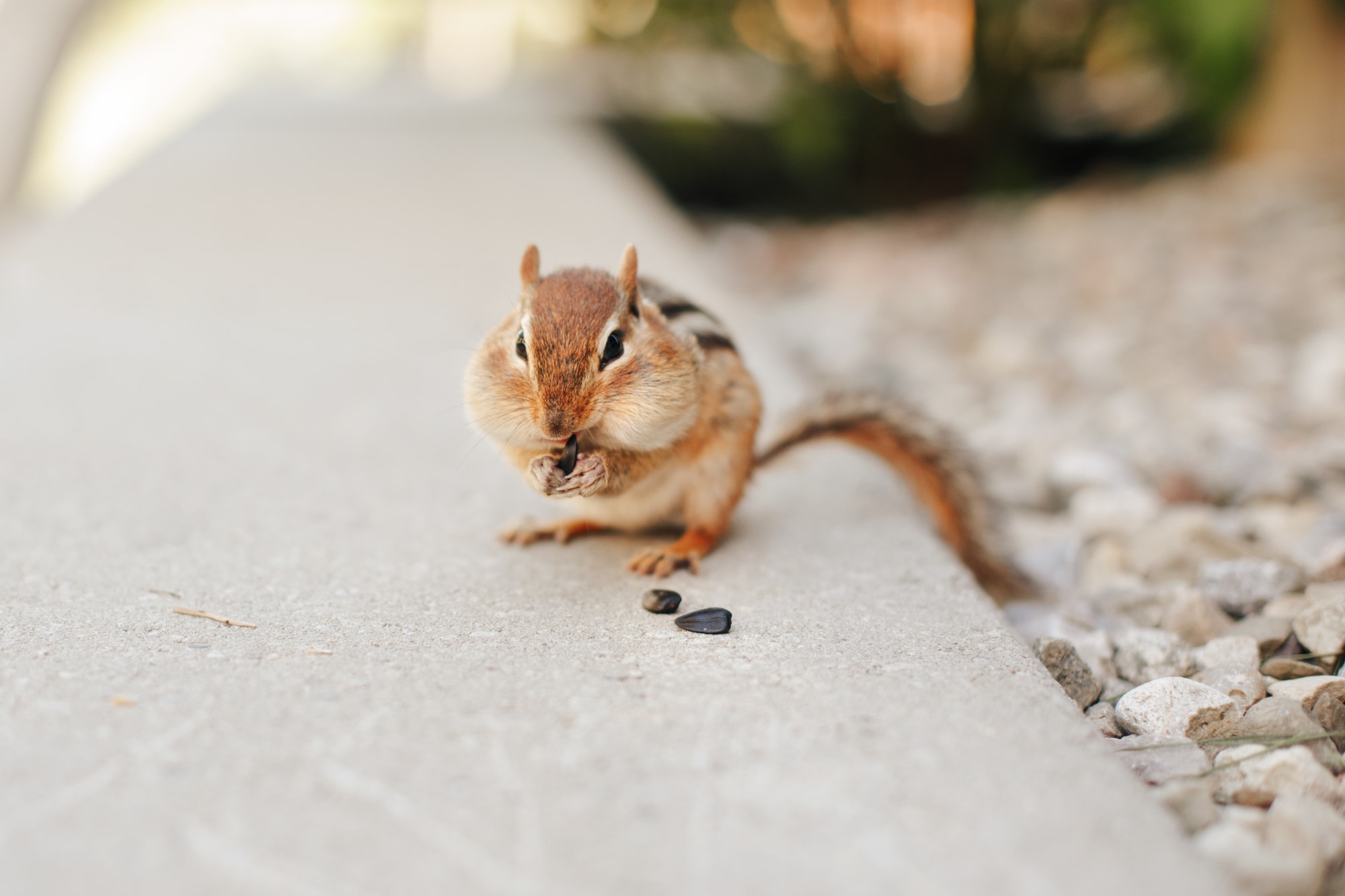Natural Rodent Repellents In The Home
Humans have been faced with the problem of rodents for centuries. This dates as far back as 1346, where rats were deemed responsible for one of the deadliest pandemic in human history, the Black Plague, or formally known as the Bubonic Plague. This is why it is no surprise that to this day humans are still faced with the problem of getting rid of these problematic yet ingenious creatures the natural way.
Rodents are some of the hardest pests to get rid of, this is because of the share amount of rat pups one rat can have in such a short time frame. A female rat reaches sexual maturity in four to five weeks and can have between five to ten rat pups per litter.

This is why if not kept under control rodents are known to quickly get out of hand and will then easily take over. It is said that there are over 35 diseases transmitted by rats and mice worldwide. These diseases may be transmitted directly to humans, by rodent handling, by rodent waste, urine, saliva, or by rodent bites.
They can also be transmitted via ticks, mites, or fleas that have fed on an infected rodent, diseases brought about by rodents may also be transmitted to humans indirectly.
Rats and mice are known to be some of the most intelligent rodents and because of this, they are some of the hardest pests to get rid of. Their cunning ability to problem solve and illude conventional traps is what helps them at being so hard to catch. This is why some decide to go to the natural and safer route when trying to eradicate these rodents.
In theory, this sounds simple but in practice, it is not an easy task, so it is good that there are multiple methods that one can choose from. Firstly, one could decide to use natural substances or mixtures such as an ammonia spray. The scent of ammonia is despised by these rodents because it is similar to the urine of a predator. This spray could be made by filling 1 cup of ammonia and 1 cup of vinegar with a spray bottle, then blend.
This spray can be used where one notices rodent behavior regularly. Alternatively, with the solution one can spray or dip cotton balls and leave them in these places, this method is more long-lasting and they only need to be replaced after two weeks

The previous method is known to be successful but in case it proves to be ineffective there are a few more options that one may try. Although this may sound unorthodox, it has been proven that having a feline friend around can reduce one’s rat population. It has been proven that cats can eat rats, but they also prevent rats from approaching, as cats mark their territory, not with urine, but simply by rubbing their scent away on stuff. This means the mear sent of a cat can keep rats at bay. One would not only have a friend and a companion but an at-home exterminator. Cats exceptional at their job and will place a major dent in the rat population.
To conclude although rodents may sometimes seem impossible to get rid of, there are always ways to get them under control. Along with natural mixtures, there are also advancements in technology such as advanced traps that aid in the process of rodent control coupled with the traditional method of using felines.








